Physical literacy development isn’t limited to the gymnasium. Physical literacy can be developed throughout the school day: in the hallways, in the classroom, outside – and on the playground!
Whatever equipment you have available out in the schoolyard, all you need is a little creativity to highlight physical literacy development.
Here are three ways you can consider using your playground equipment:
Create Playground Circuits
Your playground structure is great for circuits! Be creative in how you use what you have. Try including exercises like balance walks on beams or stumps, push-ups on benches, hanging from bars, or running up the slide. Use these as a timed circuit or an Amazing Race obstacle course.
ActionSchools!BC has some great playground circuits for you to try with your students. Check them out here for K-3 students and for 4-7 students.
Organize Playground Games
Playground games such as tag on the play structures, or challenges like traversing the playground without touching the ground show students play possibilities that they can use during recess or lunch breaks. Introduce your students to traditional games like four square, hopscotch, kick ball, gaga ball and British Bulldog.
Helpful tip: Looking for creative tag games to try with your students? Download our Tag for Physical Literacy resource!
Use Your Softball Diamonds
Softball diamonds are great for warmups and developing different locomotor skills. Run forward to first base, side-shuffle on the left to the second base, mini-step backwards to third base, and side-shuffle on the right to home base. Try following the leader around the bases, where the leader changes movements at each base.
Interested in learning more about how you can best use your playground to develop physical literacy? Download the Developing Physical Literacy on the Playground resource.
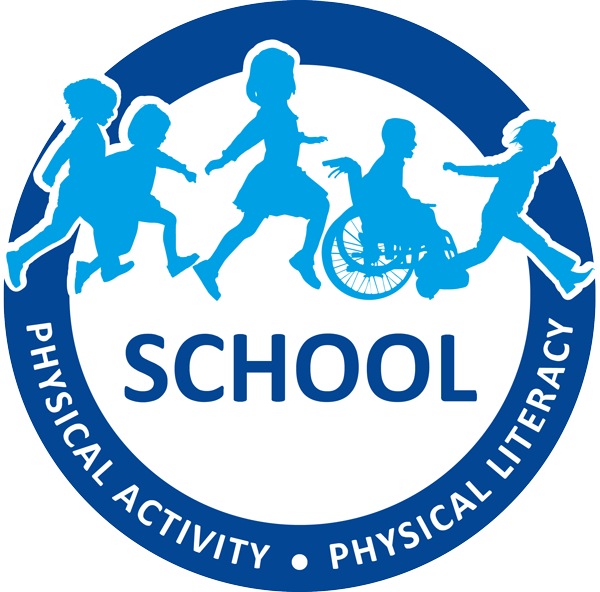
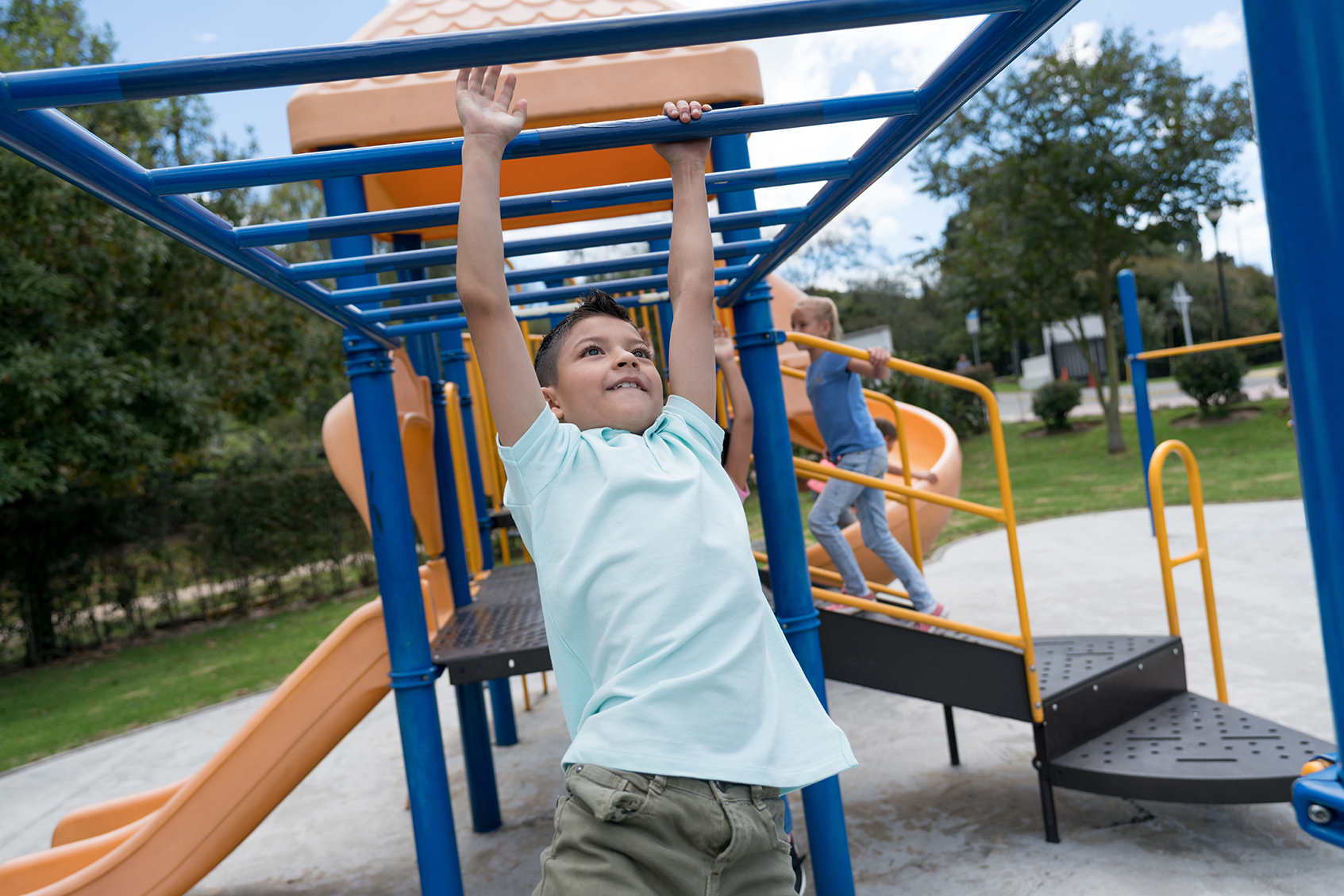
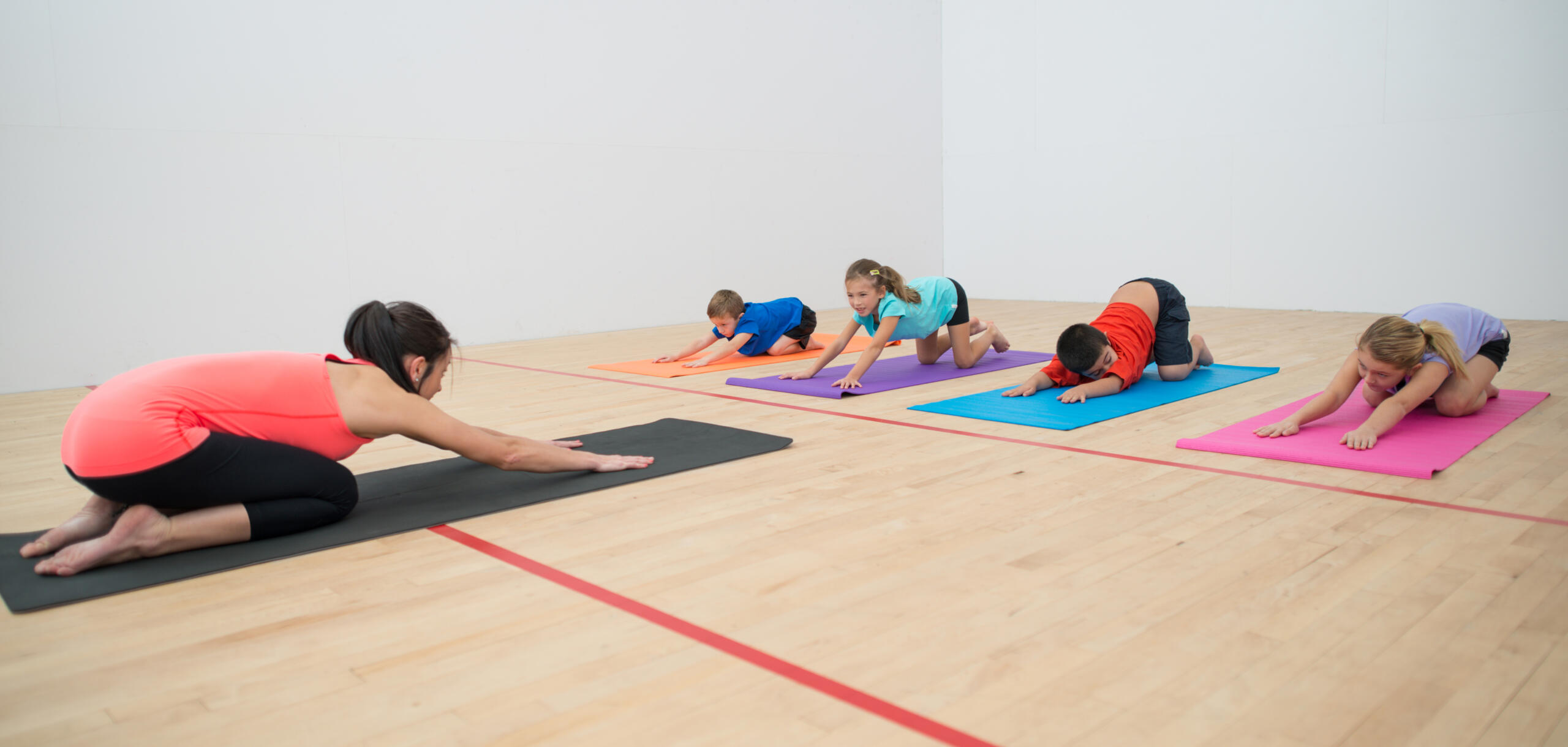
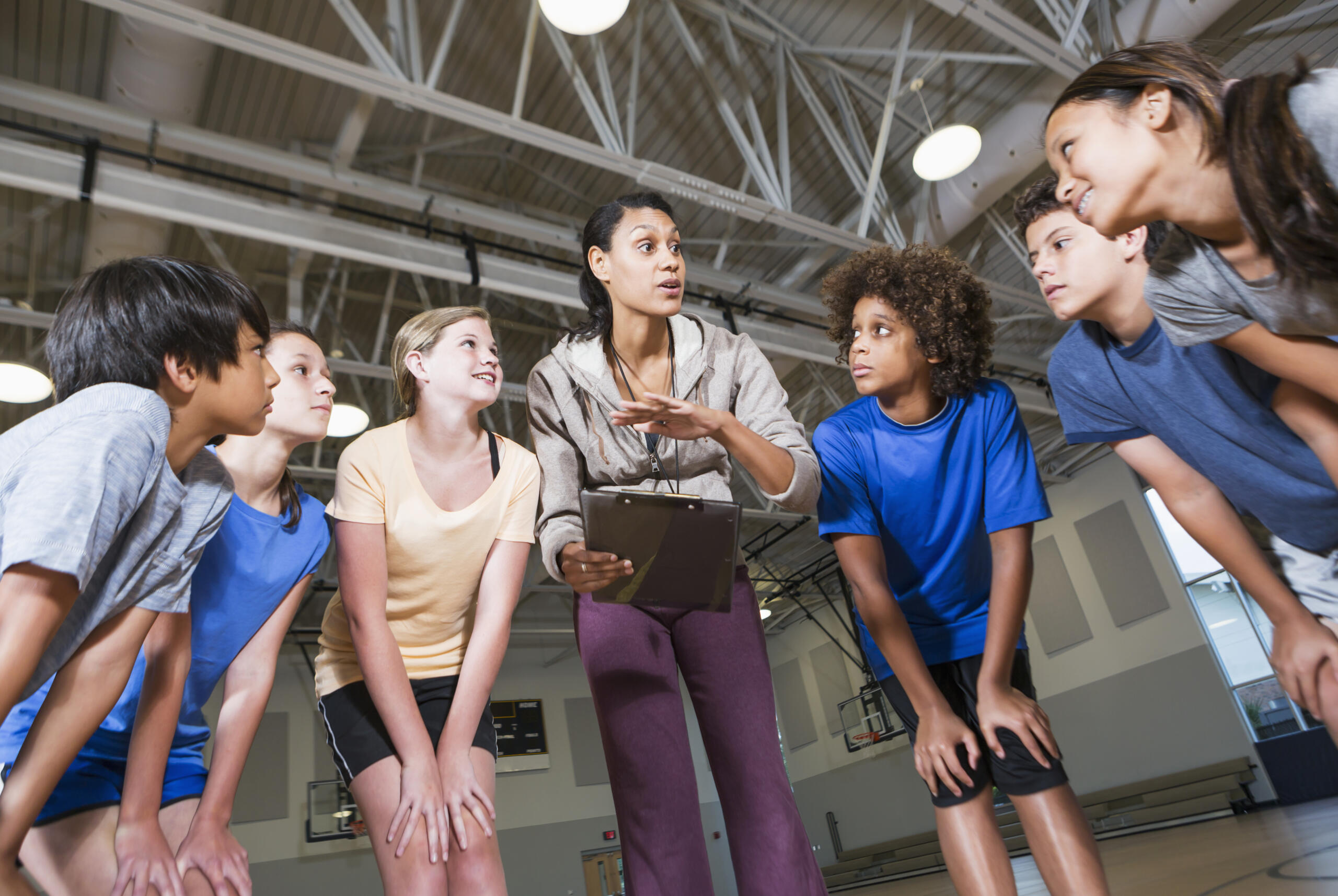
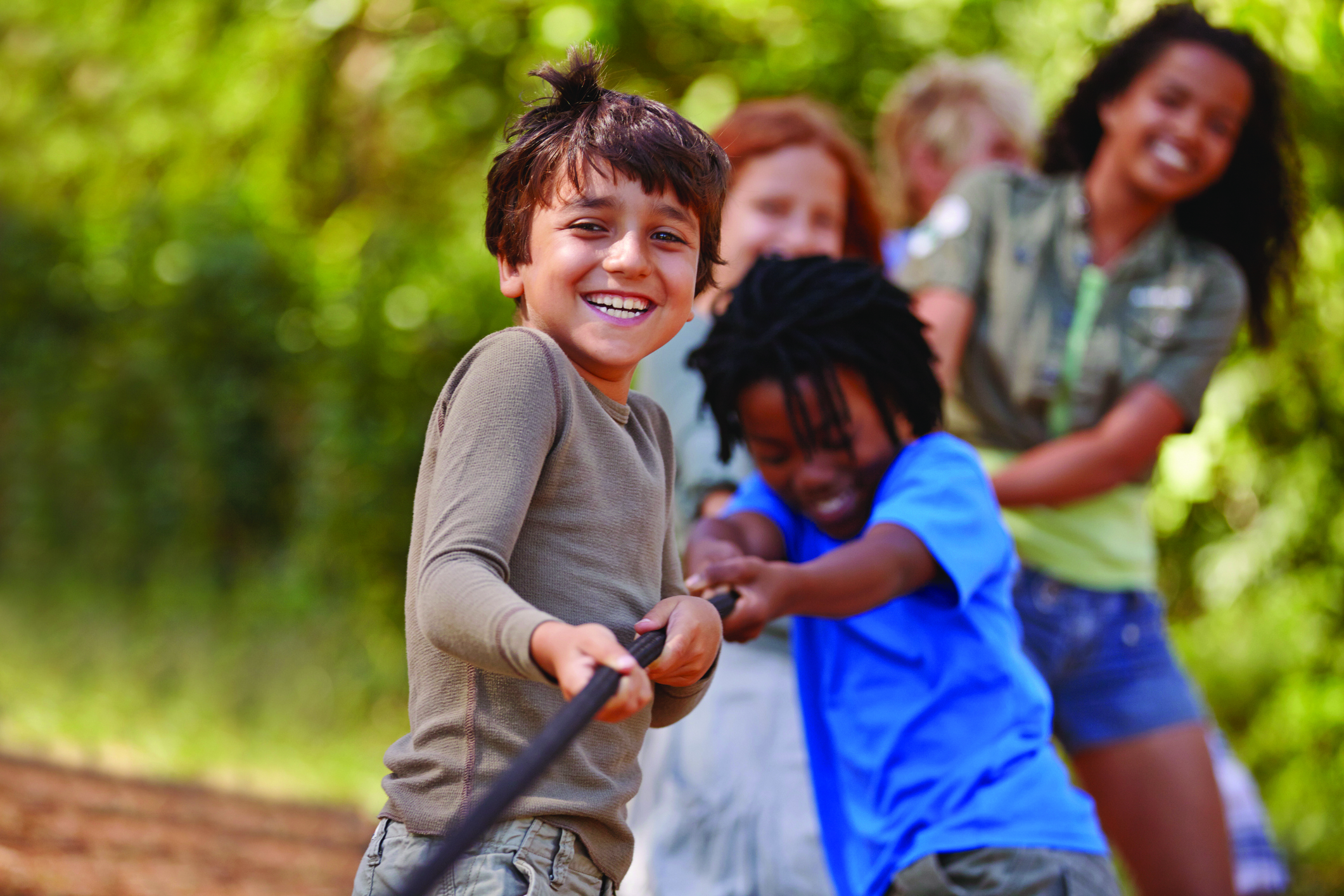
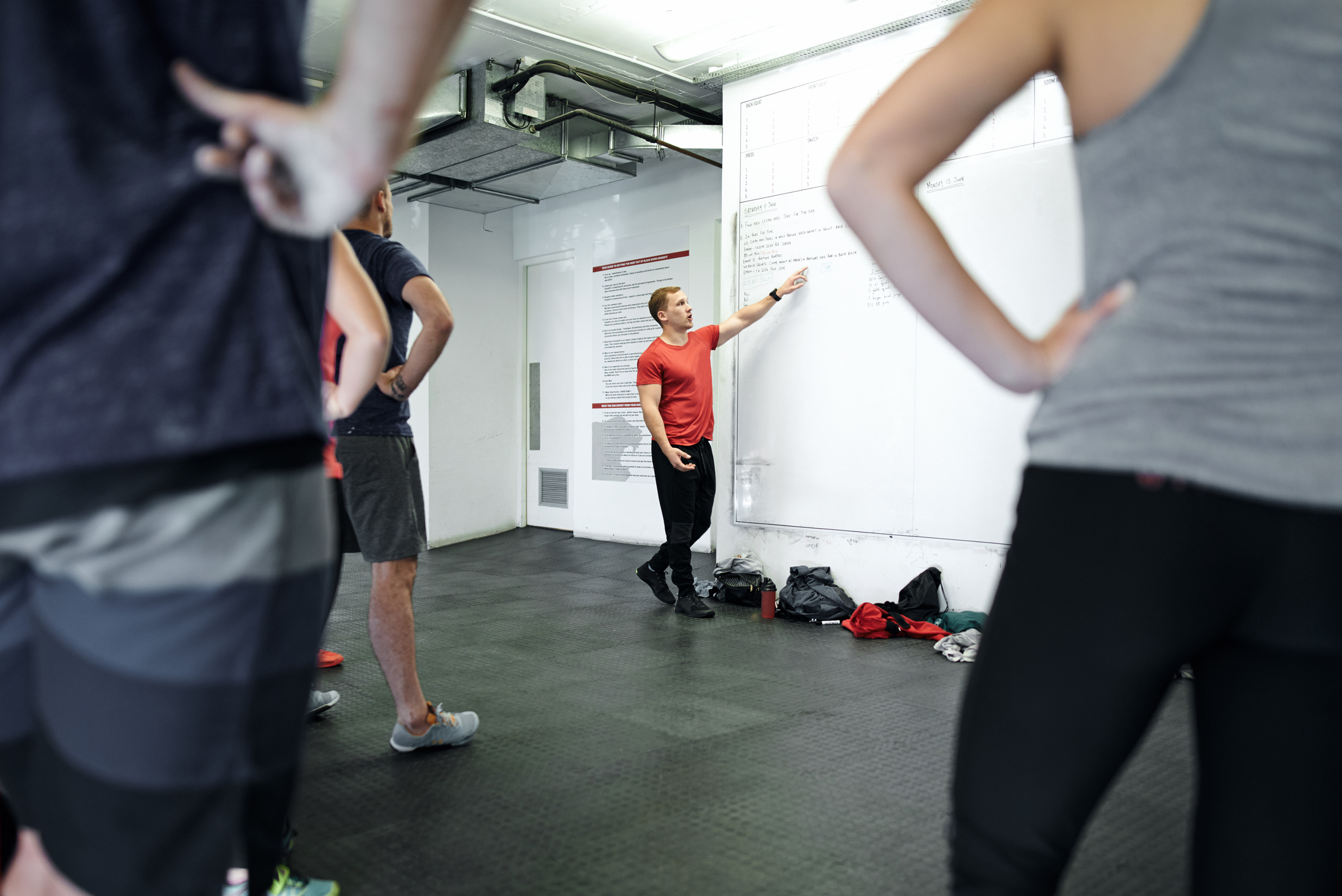
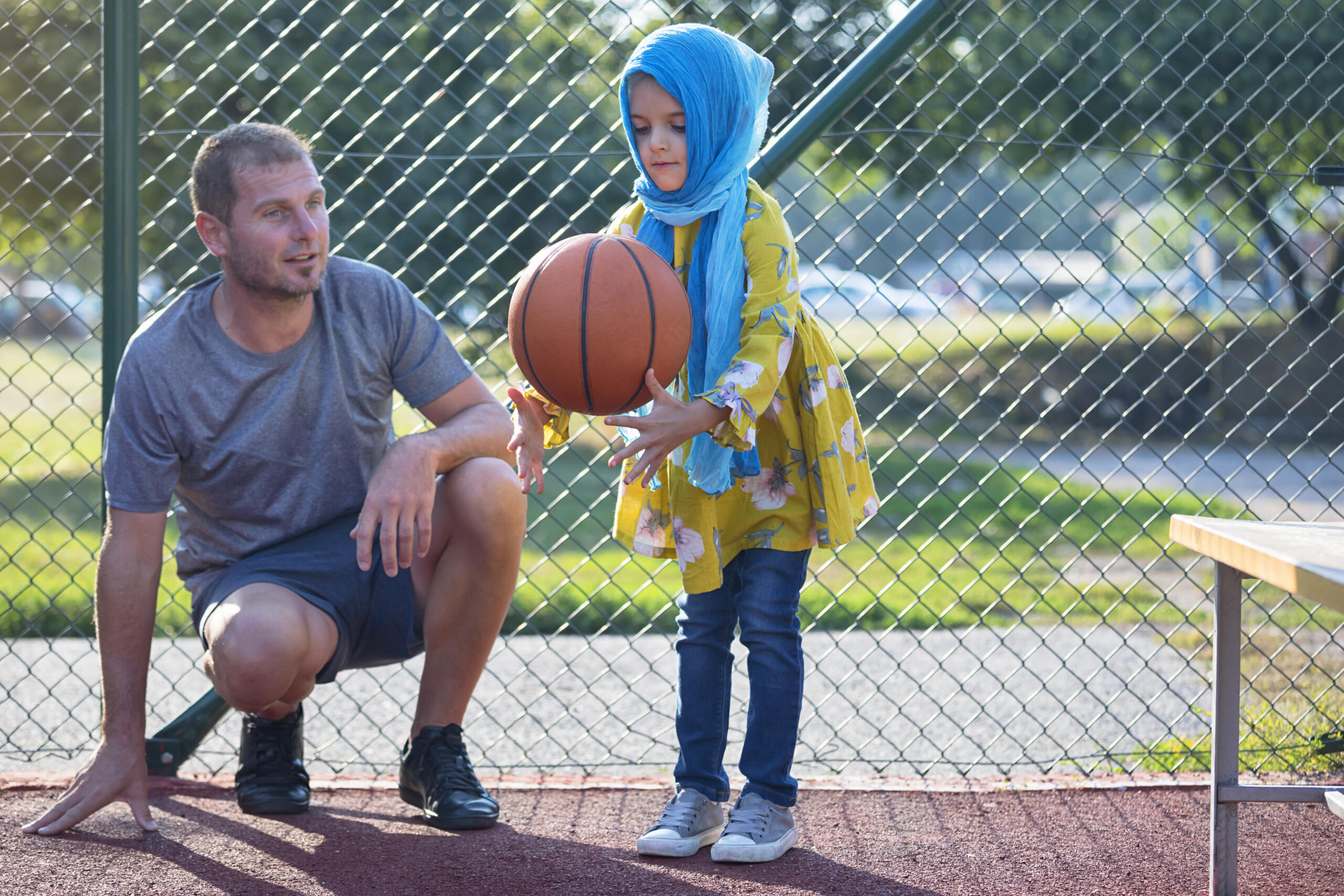


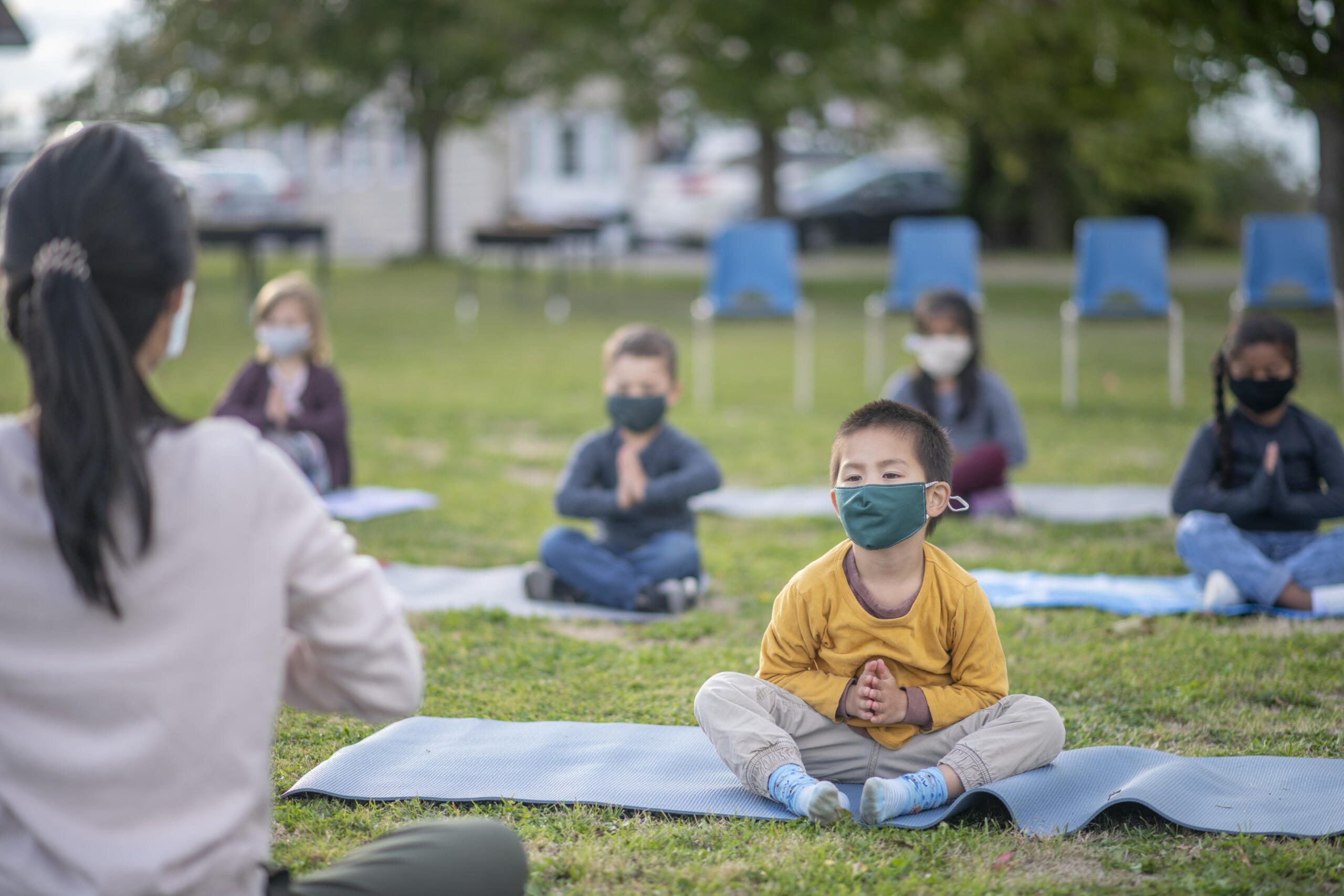
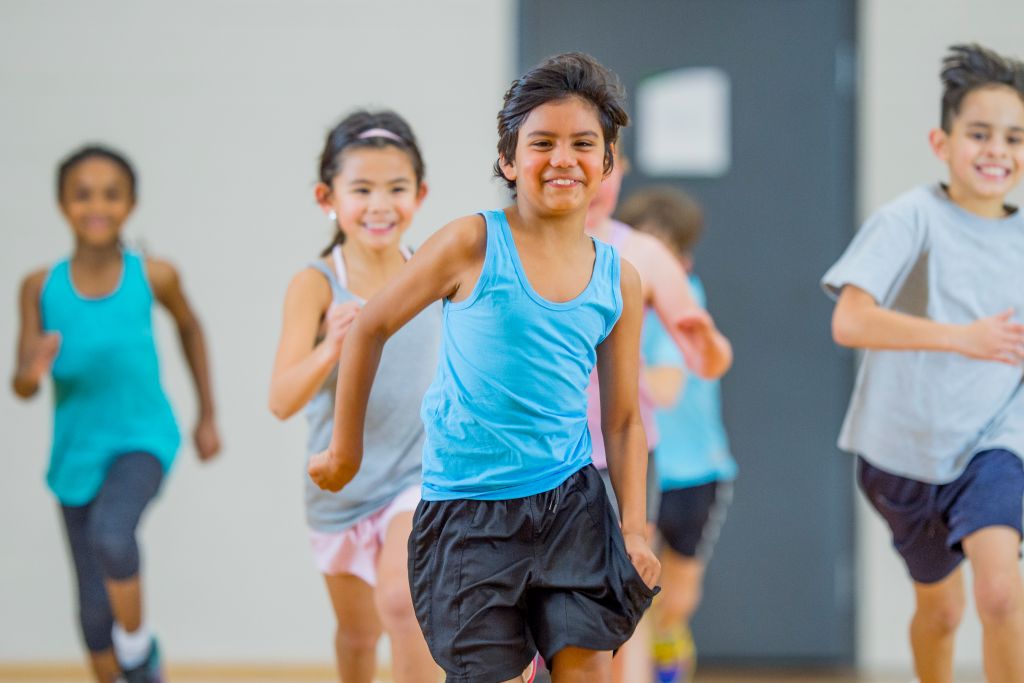
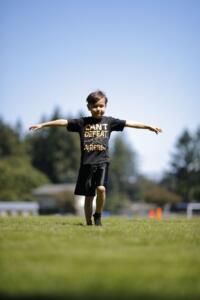 Alphabet Balance
Alphabet Balance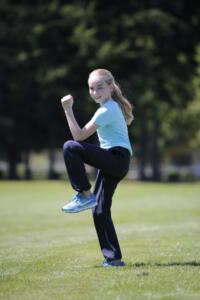 Stick Together
Stick Together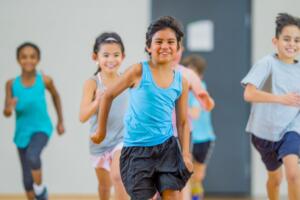 Quick to React
Quick to React